Table of Contents
How to Use This Book
I know99 percent of you have used a guidebook before, and youre pretty sure you know the drill. The basics are self-explanatory, but before you dive in, heres a guide to help you understand how to make the best use of this particular guidebooks information.
How The Book Is Structured
West Coast Road Eats follows major north-to-south highways from the Canadian border to San Diego. This includes everything west of the mountains, mainly focusing on Interstate 5, Highway 101, and Highway 1. California is broken into three regionsNorthern, Central, and Southernto account for the massive states culinary, cultural, and geographic differences.
Routes were chosen based on road trip traffic more than mileage. For instance, I-5 in Washington is divided into two sections (north and south of Seattle), while I-5 Oregon has only one. Similarly, major culinary destinations like Napa and Sonoma Valleys and Santa Barbara Wine Country were given their own chapters, despite their relatively small geographic scope.
Region/Trip/City Stats boxes open most sections and provide need-to-know details about the region, road trip, or city. These include, when applicable:
DISTANCE: Length of road covered in the section, not counting detours.
START AND END POINTS: Where the coverage ends, not where the road ends (for instance, the Oregon chapter ends in Ashland, not the California border).
LOCAL FLAVOR: Food and drink the area is known for or does best. Region Stats go into detail, while individual chapters offer the Cliff s Notes. Refer to both for the greatest context.
BEST AND WORST TIMES: When to visit and when not to visit.
LOCAL FOOD FESTIVALS: Brief descriptions of notable food festivals.
WORD OF WARNING: Know-before-you-go info and things to watch for on the road.
MORE INFO: Further references; generally local tourism boards and chambers of commerce.
Introductions are short essays that put the region into culinary and historical context, provide detail about the road and landscape, and often include my first-person observations.
Establishments are divided into two sections. On the Road contains the establishments that youll find on the highway or a short drive away. Detours & Destinations, included at the end of most regions, offers scenic routes, shortcuts, and destinations a little further off the beaten path.
Maps are provided for each region and meant to be approximate orientation guides. You should rely on paper maps, GPS devices, carrier pigeons, etc., for specific directions.
Sidebars are peppered throughout. These provide overarching context about the region or food, detail about a particularly interesting town or city, background on individual ingredients, global roundups of favorite spots, and general tips and advice.
The Selected Bibliography offers an abbreviated list of my major research references; I also relied on interviews, websites, stories in magazines and newspapers, and other sources. A detailed index is included at the end of the book.
Establishments
The establishments are the meat and potatoes of the book. I tried to answer these questions for each spot I included: What sets this place apart from the rest? And why is it worth getting off the highway?
Beyond those criteria, I loosely developed three basic guiding principals when it came to choosing which establishments made the cut:
1. Establishments needed to be wholly of their time and place, and mean something to the community. This could mean an oyster shack on the Oregon coast or a Basque restaurant in Californias Central Valleyas long as it was authentic to the region and provoked a deeper understanding of the culture it came from. If I happened on a really good but totally random falafel stand, for instance, it didnt make it inno matter how delicious.
2. Authentic didnt necessarily mean hidden or hole in the wall. I get so tired of the food-snob attitude that a place stops being worthwhile after its discovered. Some locations are touristy for the wrong reasons, but most are touristy for the right reasons.
3. The food needed to be good. Reputation and location could recommend a place, but they couldnt be all it had to offer. All the critical accolades and salty breezes in the world couldnt save a seafood restaurant from day-old fish and rubbery calamari.
Anatomy of an Establishment Profile
Only applicable information is includedif a place doesnt have a website or phone number, those fact lines are omitted.
Name of establishment
Address
MILE/EXIT: The freeway exit where the place is found, or the approximate highway mile where youll find the location. (Note: California highways are organized by county; MO-44 is for Monterey County, for instance.)
DISTANCE: Distance of establishment from driving route, if more than five miles.
Phone number (if applicable)
Website (if applicable)
OPEN: Specific operating hours; if they vary, its noted in the text and readers are advised to call ahead.
NOTE
Always call ahead to make sure a place is open before you drive 20 minutes out of your way to eat there. (I have made that mistake before, and it almost inevitably leads cranky, hungry people into a fight.)
Cash only (if applicable)
Most profiles end with at least one of the following extras:
KNOW: Insider information that didnt fit into the main body of text or deserved to be called out separately.
TOURS: More detail on tours of wineries, breweries, factories, etc. Prices and hours are reflective of publication date and could change.
VARIOUS LOCATIONS: Lists other cities where establishments can be found. It was tricky to figure out where to place chains in the text. For the most part, I chose the original location, though there are exceptions like In-N-Out, where I chose the location farthest north.
Icons
Icons shown to the left of the establishment name are intended as directional. Many establishments fit under more than one categorye.g., specialty food stores that also have delis, wineries with on-site restaurants, and burger shacks with killer ice cream.
 DRINKS:
DRINKS: Breweries, wineries, dive bars, and other watering holes.
 BURGER:
BURGER: Mainly burger shacks and other spots that specialize in hamburgers.
 RESTAURANT:
RESTAURANT: Cafes, diners, coffee shops, delis, ethnic restaurants, etc.basically all dining establishments that dont fall under another category.
 SEAFOOD:
SEAFOOD: Oysters, fish and chips, chowder, seafood shacks, and fancy restaurants specializing in seafood.


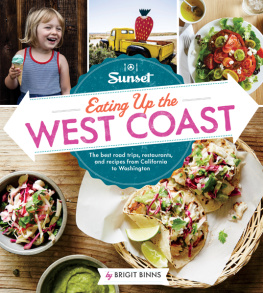

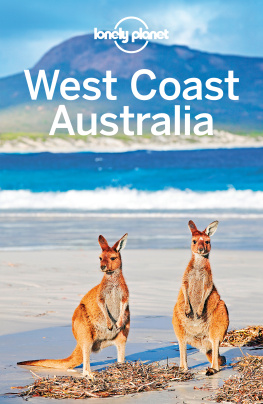
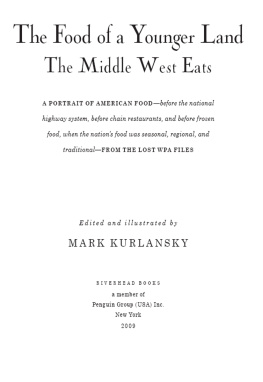
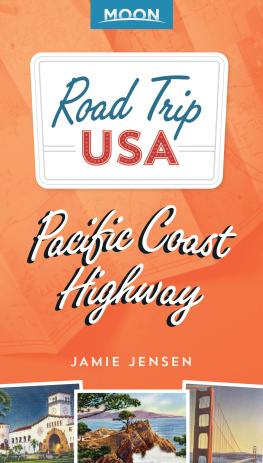
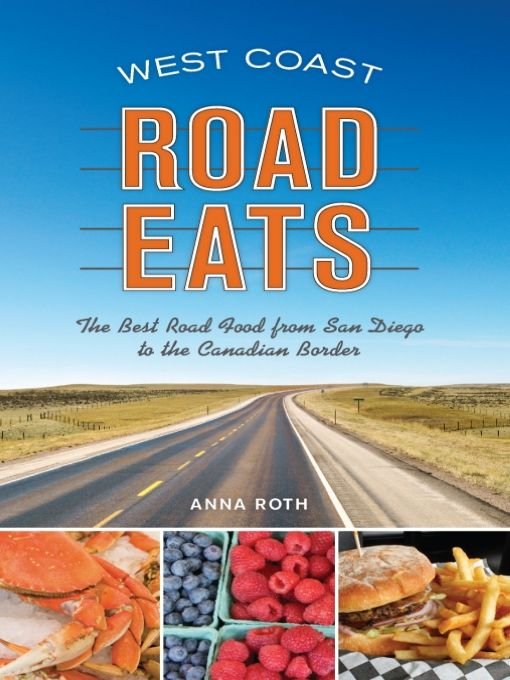

 DRINKS: Breweries, wineries, dive bars, and other watering holes.
DRINKS: Breweries, wineries, dive bars, and other watering holes. BURGER: Mainly burger shacks and other spots that specialize in hamburgers.
BURGER: Mainly burger shacks and other spots that specialize in hamburgers. RESTAURANT: Cafes, diners, coffee shops, delis, ethnic restaurants, etc.basically all dining establishments that dont fall under another category.
RESTAURANT: Cafes, diners, coffee shops, delis, ethnic restaurants, etc.basically all dining establishments that dont fall under another category. SEAFOOD: Oysters, fish and chips, chowder, seafood shacks, and fancy restaurants specializing in seafood.
SEAFOOD: Oysters, fish and chips, chowder, seafood shacks, and fancy restaurants specializing in seafood.